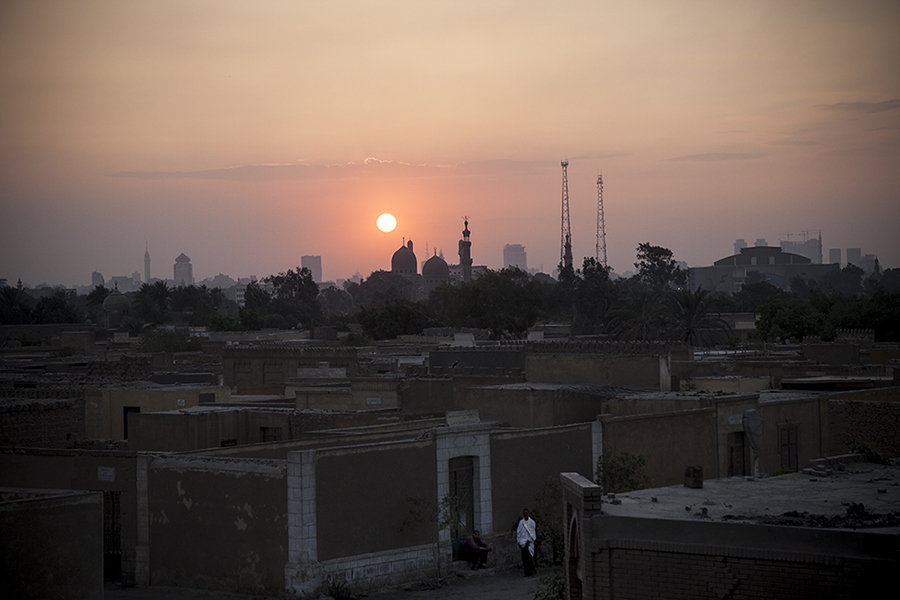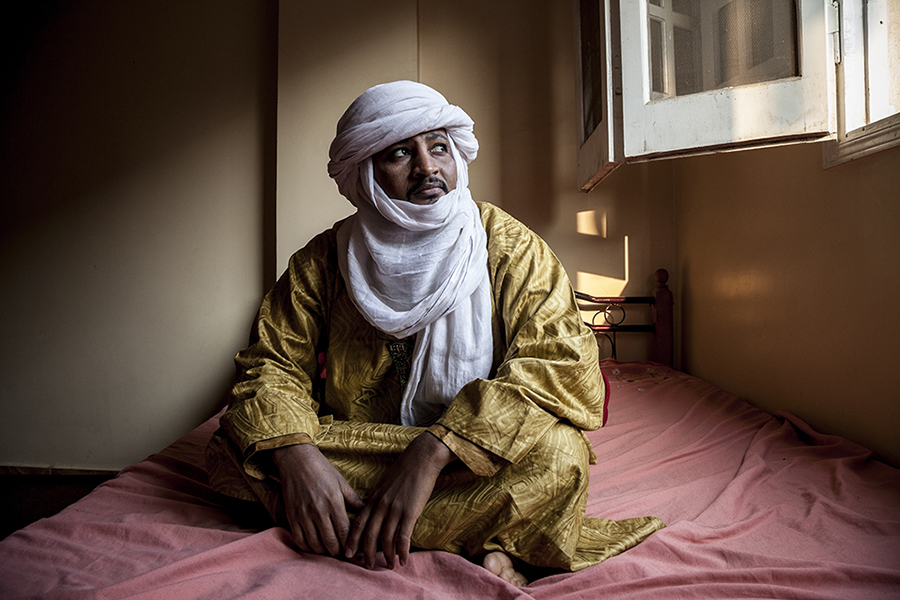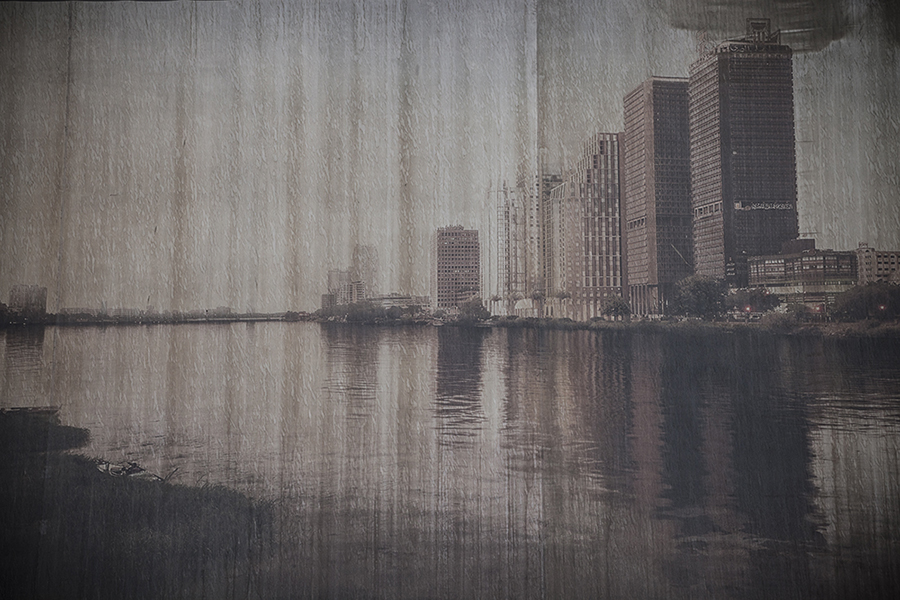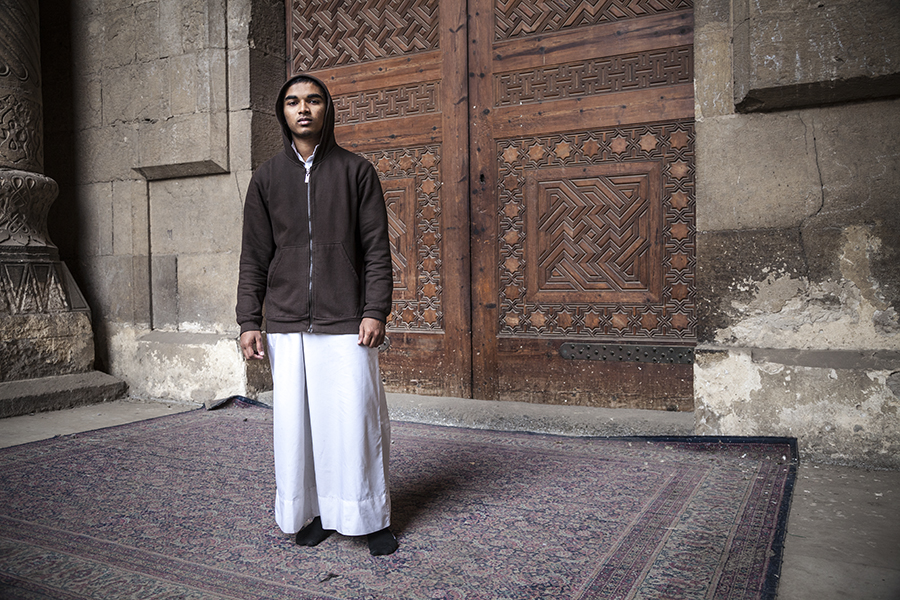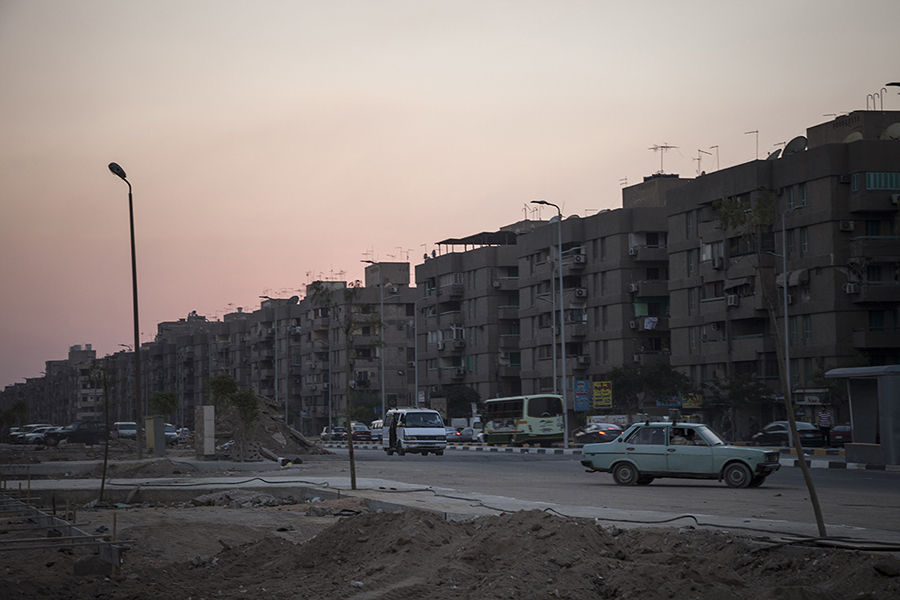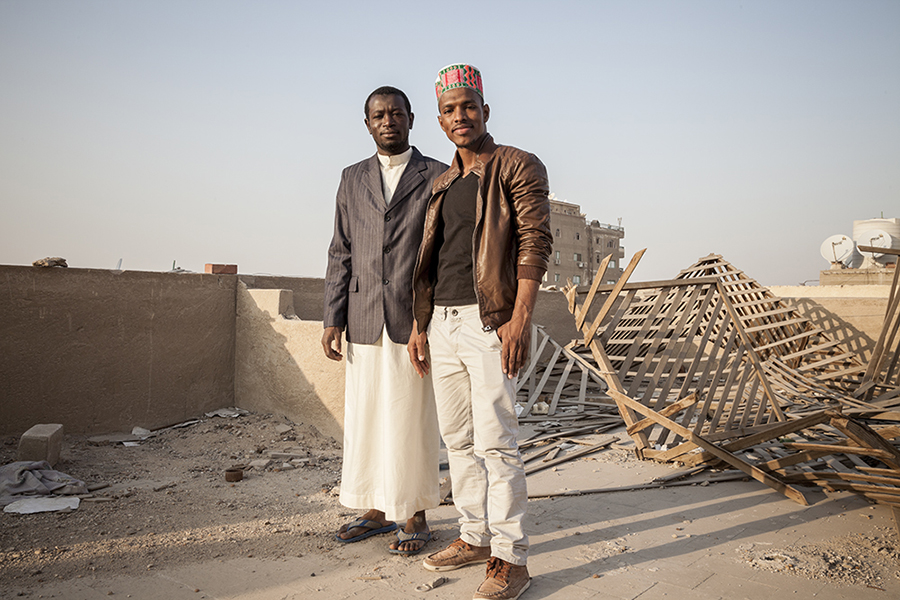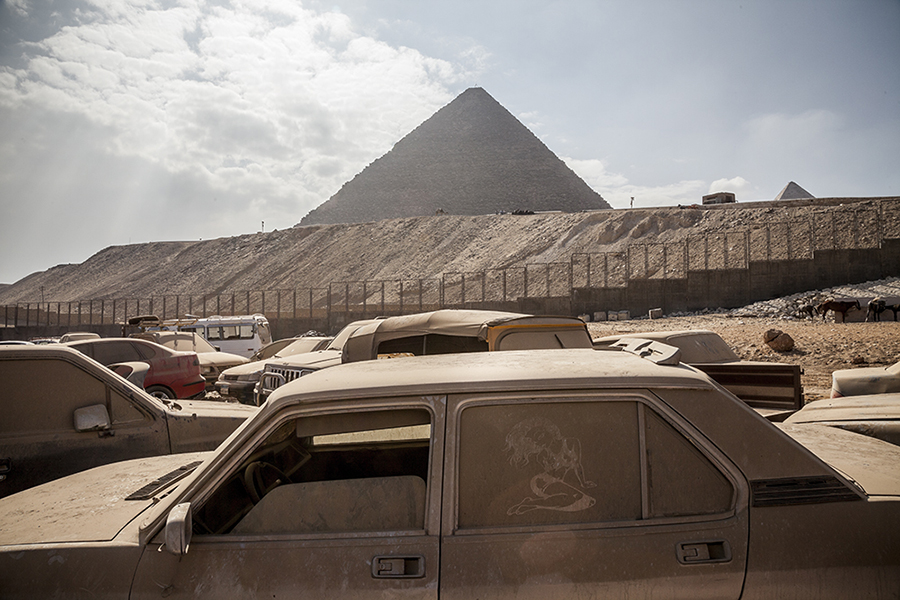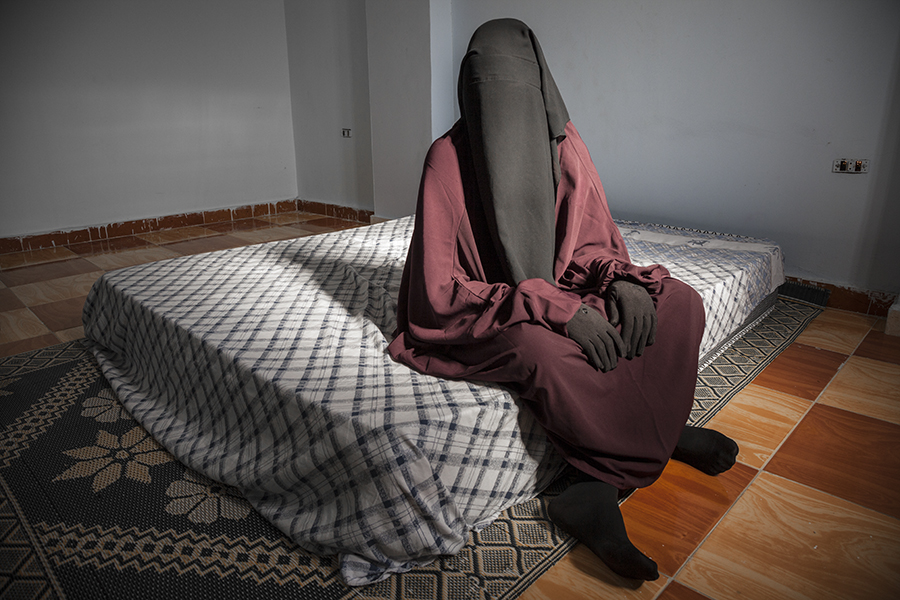Umm al-Dunya | Mother of the World
The point of departure for this essay was a search for lost images. The almost forgotten vestiges of past diasporas. A search that led me along countless roads. Across territorial borders and to the outer edges of theory. As well as the journeys on which I ventured, I also roamed departments and disciplines trying to understand their vanishing. In 2015, an overseas research grant provided me with the chance to embark on a long journey. Following a path of knowledge that has united students from Africa, Asia, and other continents for over a thousand years, I traveled to Egypt where I lived for a year, and attended one of the oldest universities in the world, Al-Azhar University. Most of the photographs presented here reveal that experience. Between Cairo’s new avenues and the paths of the desert, I encountered a country able to corrupt and yet simultaneously reinvent the idyllic image of an Egypt of pyramids, minarets, and the rivers of Paradise. This intriguing and fascinating vision, corroborated by the Orientalists, could already be found in One Thousand and One Nights, where one of the characters says, following an invitation to travel, “who else hasn't seen Cairo hasn't seen the world.” Indeed, situated on the frontier between Africa, the Middle East, and Europe, the city’s location today allows it to reflect a meeting of worlds and the contradictions and reconciliations between West and East. The romantic vision of travelers and pilgrims merges with the complex environments of Africa’s largest city and one of the biggest on the planet. Emerging through the atmospheric pollution one can glimpse the geometric summit of Giza. The melody of the Quran blends with the harsh din of car horns. The monumental traffic leads you to a golden road and, amid the militarized areas and roadblocks, plenty of people will remark to you playfully in colloquial Arabic: Misr Umm al-Dunya. Egypt, Mother of the World.


